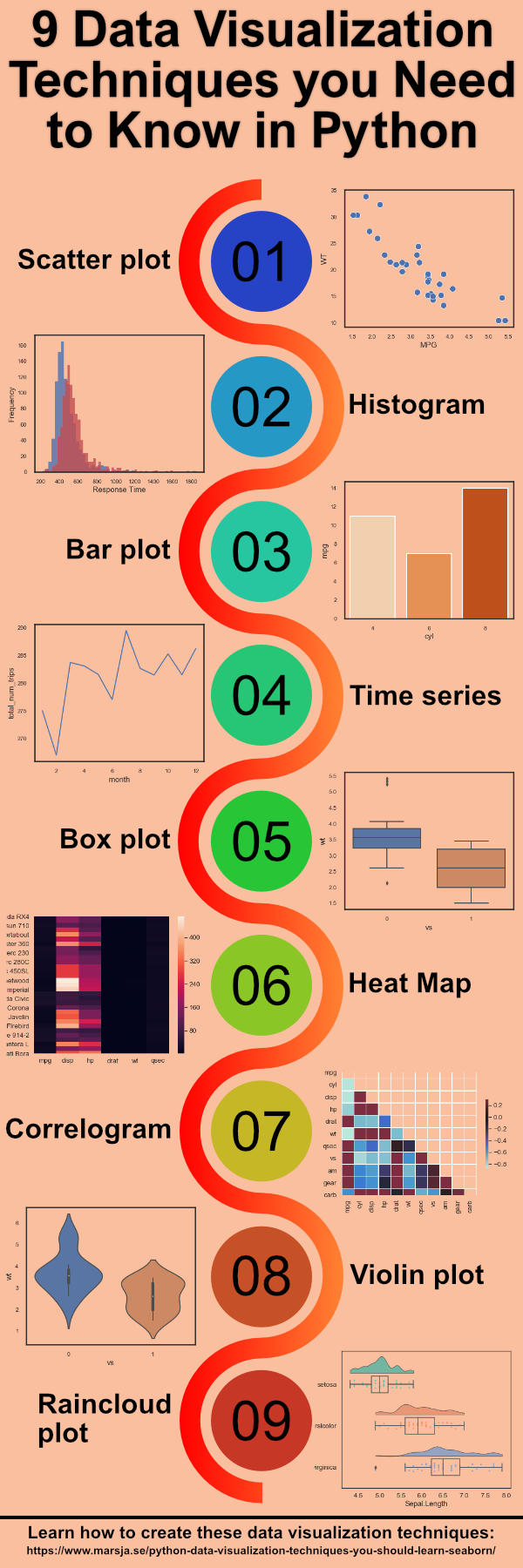Are you looking to enhance your data visualization skills using Python 3? If so, you've come to the right place! This comprehensive guide is designed to provide you with valuable resources, including free downloadable PDFs to help you master data visualization techniques in Python. In this article, we will explore various aspects of Python 3, its libraries for data visualization, and how you can access these essential resources without any cost.
Data visualization is a crucial skill in today’s data-driven world. Being able to interpret data visually can lead to better insights and informed decision-making. With Python 3, you have a powerful programming language at your fingertips, equipped with libraries like Matplotlib, Seaborn, and Plotly that make data visualization straightforward and effective.
This guide will not only help you learn about Python 3 and its data visualization capabilities but will also provide you with links to PDFs that you can download for free. So, whether you are a beginner looking to get started or an experienced programmer wanting to refine your skills, you will find valuable information here to aid your journey.
Table of Contents
- Introduction to Python and Data Visualization
- Why Use Python for Data Visualization?
- Popular Python Libraries for Data Visualization
- Getting Started with Python 3
- Downloading Free PDF Resources
- Best Practices for Data Visualization
- Case Studies: Real-World Applications
- Conclusion and Further Resources
Introduction to Python and Data Visualization
Python is a versatile programming language that has gained immense popularity in the fields of data science and analytics. Its simplicity and readability make it an excellent choice for beginners and professionals alike. Data visualization, on the other hand, is the graphical representation of data that helps in understanding complex data sets and extracting meaningful insights.
Why Use Python for Data Visualization?
Python is favored for data visualization for several reasons:
- Ease of Use: Python's syntax is straightforward, making it accessible for newcomers.
- Rich Ecosystem: Python has a wide array of libraries specifically designed for data visualization.
- Community Support: A large community of developers means ample resources, tutorials, and forums for assistance.
- Integration: Python can easily integrate with other programming languages and tools.
Popular Python Libraries for Data Visualization
1. Matplotlib
Matplotlib is one of the most widely used libraries for data visualization in Python. It allows you to create a variety of static, animated, and interactive visualizations.
2. Seaborn
Seaborn is built on top of Matplotlib and provides a high-level interface for drawing attractive statistical graphics.
3. Plotly
Plotly is known for its ability to create interactive graphs. It’s particularly useful for web-based visualizations.
4. Pandas Visualization
Pandas is primarily a data manipulation library, but it also includes built-in capabilities for easy plotting.
Getting Started with Python 3
To begin your journey with Python 3 and data visualization, follow these steps:
- Install Python: Download and install the latest version of Python from the official website.
- Set Up a Development Environment: Use tools like Jupyter Notebook or Anaconda for an interactive coding experience.
- Explore Online Resources: Utilize online platforms for tutorials and courses to build your knowledge.
Downloading Free PDF Resources
In this section, we will provide you with links to free downloadable PDFs that cover Python 3 and data visualization. These resources are suitable for both beginners and advanced users:
- Python Data Visualization Guide PDF
- Matplotlib Tutorial PDF
- Seaborn Guide PDF
- Introduction to Plotly PDF
Best Practices for Data Visualization
To create effective visualizations, consider the following best practices:
- Know Your Audience: Tailor your visualizations to the needs and preferences of your audience.
- Choose the Right Chart: Select the appropriate type of chart based on the data you are presenting.
- Keep It Simple: Avoid clutter and focus on presenting the key message clearly.
- Use Color Wisely: Use color to enhance your visualization, but avoid overusing it.
Case Studies: Real-World Applications
Data visualization is used across various industries. Here are a few real-world applications:
- Healthcare: Visualizing patient data to improve treatment outcomes.
- Finance: Creating dashboards to monitor market trends and investments.
- Marketing: Analyzing customer behavior through visual data representations.
Conclusion and Further Resources
In conclusion, mastering Python 3 and data visualization is an invaluable skill in today’s data-centric world. With the resources provided in this article, you can start your journey towards becoming proficient in data visualization techniques. Don’t hesitate to download the free PDFs and explore the various libraries and tools mentioned.
If you found this article helpful, please leave a comment below, share it with others, or check out our other articles for more insights into Python programming and data analysis.
Thank you for reading, and we hope to see you back soon for more exciting content!




